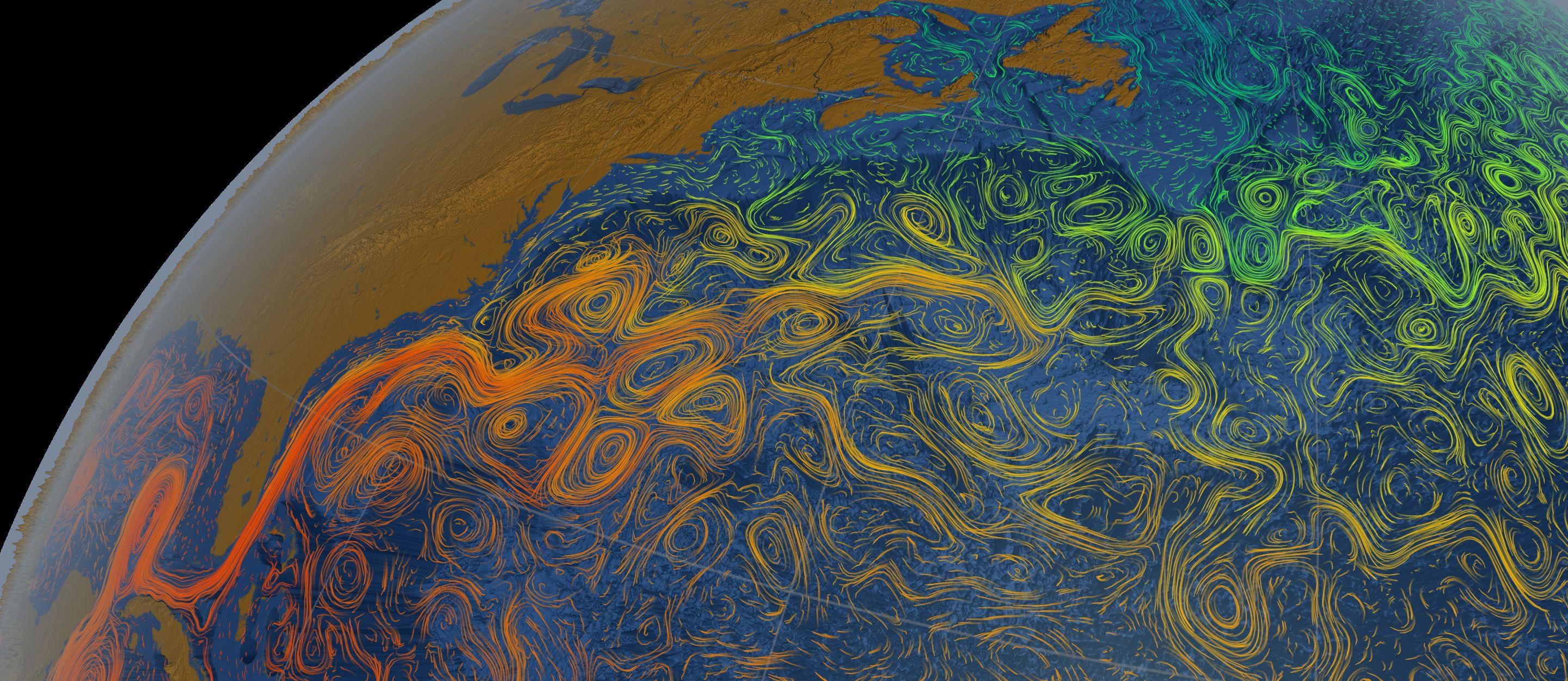 NASA/Scientific Visualization Studio
NASA/Scientific Visualization Studio
UN Climate Change Conference 2023: COP28 in Dubai at a glance
With the UN Climate Change Conference (COP28) set to open in the United Arab Emirates in late November, akzente answers the most important questions about the event.
When and where will the UN Climate Change Conference 2023 take place?
The United Arab Emirates (UAE) is hosting the UN Climate Change Conference in Dubai from 30 November to 12 December. Dubai is one of the seven emirates that make up the UAE. The fact that an oil-producing state is hosting this year’s UN Climate Change Conference is already being criticised in the run-up to COP28 and is dampening expectations for the event.
What are the goals of the UN Climate Change Conference?
The general aim is to implement the decisions laid out in the 2015 Paris Agreement, with a view to reducing emissions that are harmful to the environment to such an extent that net zero emissions are achieved by the middle of this century. This also involves the Parties making good on their pledge to provide USD 100 billion in climate finance to developing countries annually. After all, the Global South cannot bear the cost of this transformation all on its own. While there has been a significant increase of late in this funding, which currently stands at USD 83 billion annually, the original target has not yet been achieved. Adaptation projects, which are especially important for poorer countries, are also lagging behind mitigation projects. Against this backdrop, there will once again be a strong focus in Dubai on climate finance, and adaptation finance in particular. Also on the agenda will be the stocktake.
What is the stocktake and why is it important?
It is an inventory of the progress the international community has made to date on climate action. The stocktake will be conducted for the first time at COP28 and thereafter every five years. To this end, a vast amount of information and data has been collected over the past two years from the Parties, the Intergovernmental Panel on Climate Change (IPCC), the United Nations, non-governmental organisations, researchers and many other organisations globally, then analysed and fed into a report currently in its draft stage. This report will undergo a further round of revision at COP28, where it will subsequently be adopted. What is already clear is that efforts will have to be stepped up significantly.
What was achieved at COP27 in Sharm El-Sheikh in Egypt?
The verdict on last year’s conference was mixed. The Parties succeeded in establishing an international financing mechanism for loss and damage, which is designed to support poorer countries in dealing with the consequences of climate change. This mechanism is now being successively expanded and funded. COP27 also saw the launch of the Global Shield at Germany’s initiative, offering rapid assistance to poorer countries in the event of climate damage. At the same time, it was not possible to conclude any further-reaching agreements in Egypt, for instance on the phase-out of all fossil fuels, and coal in particular.
- A look back at the most important climate conferences since 1992 (akzente)
- Nationally Determined Contributions: who are the frontrunners on climate action? (akzente)
- 1.5 degree target: small difference, big impact (akzente)
- Global CO2 emissions: the warmest seven years on record (akzente)
- ‘The UN Biodiversity Conference was unexpectedly a great success’ (akzente)

